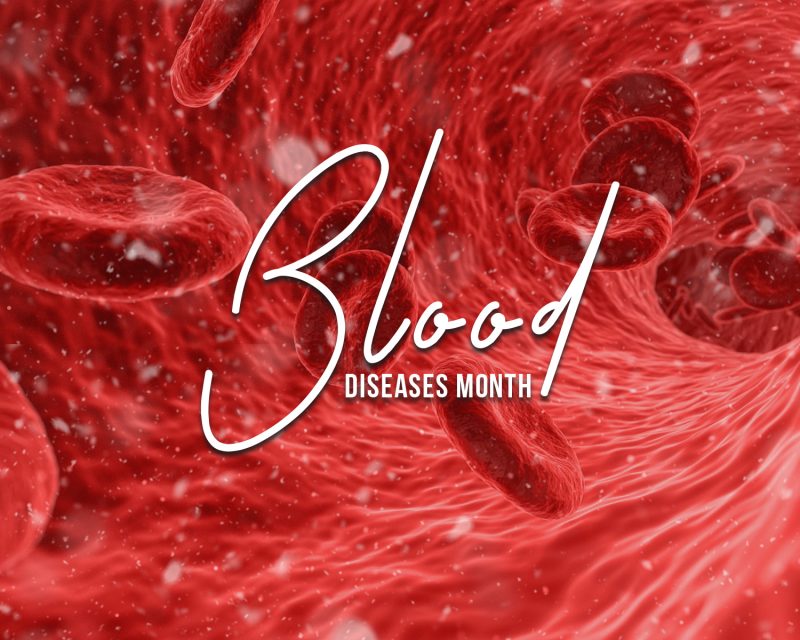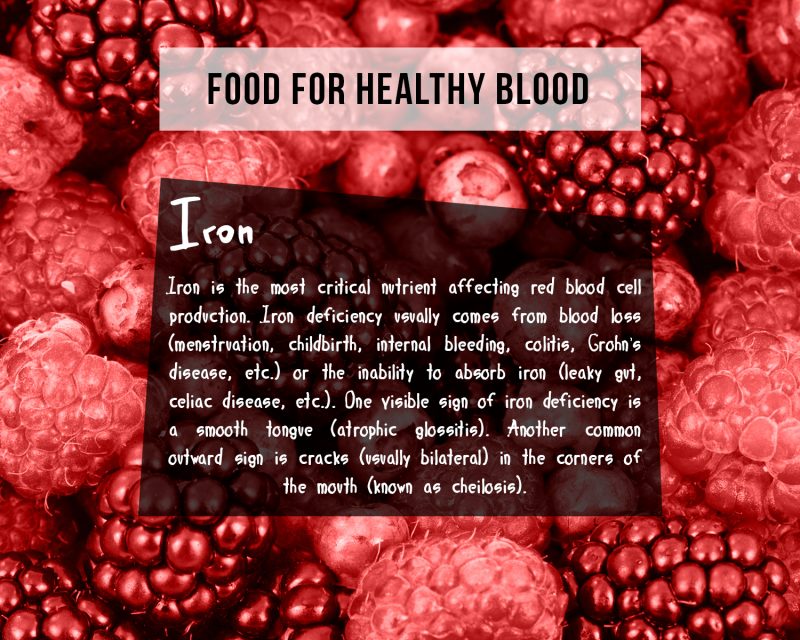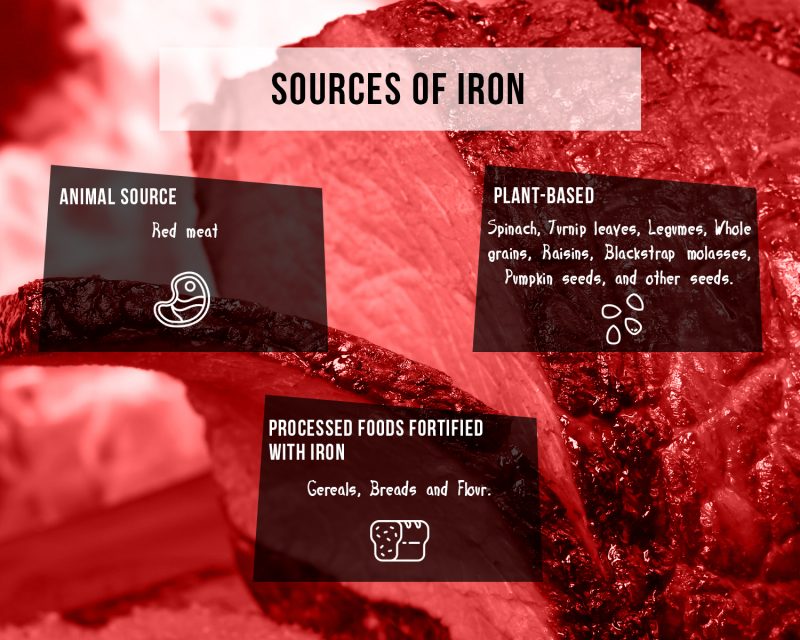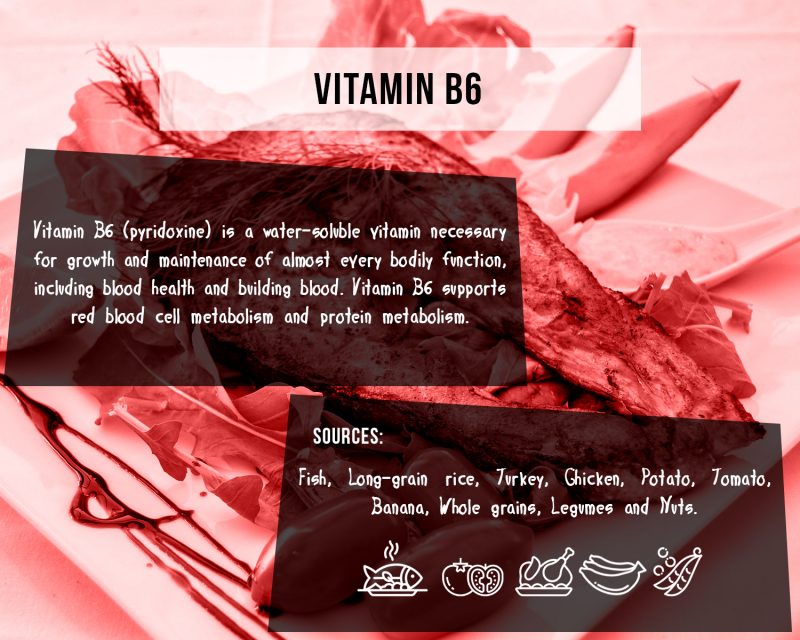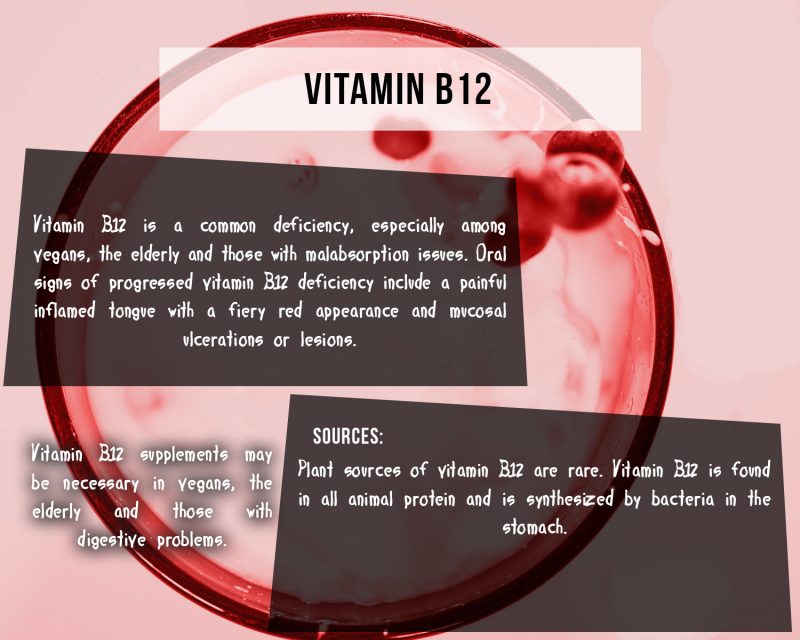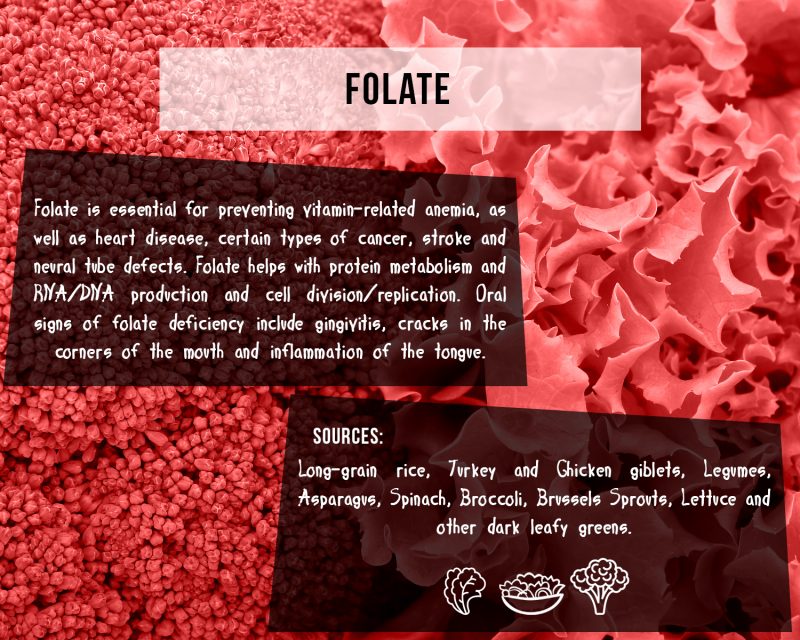QUEZON City, Philippines – The combined impact of blood-related diseases like leukemia, anemia and bleeding disorders is extremely great, representing a significant factor in the total deaths due to cancer.
In 2009, former President Gloria Arroyo declared the month of September as Blood Diseases Month by virtue of Proclamation No. 1833 to raise people’s awareness and understanding of blood-related diseases.
There are different blood diseases, some are benign or non-cancerous while others can be considered as types of blood cancer. Blood disorders can affect any of the three main components of blood:
- Red blood cells, which carry oxygen to the body’s tissues
- White blood cells, which fight infections
- Platelets, which help blood to clot
The New Hampshire Oncology-Hematology, PA (NHOH), in its website, lists the following blood diseases:
Red Blood Cell Disorder– Deficiencies or abnormalities in the red blood cells
- Anemia– A deficiency in the number of red blood cells often causing weakness and paleness.
- Aplastic Anemia– A type of anemia occurring when the bone marrow fails to produce enough of all three types of blood cells: red cells, white cells, and platelets.
- Sickle Cell Anemia – Inherited blood disorders where blood cells are sickle (or “C”) shaped and block blood flow. Clumps of sickle cells block blood flow to the limbs and organs, and can cause pain, serious infection, and organ damage.
- Thalassemia – A hereditary blood disorder affecting hemoglobin, the molecule that carries oxygen.
White Blood Cell Disorders- abnormalities in the production of white blood cells
- Myelofibrosis – A chronic disease manifested by fibrous material in the bone marrow, anemia and an enlarged spleen.
- Myeloma – a cancer of plasma cells, a type of white bloods cell.
- Myelodysplasia – A group of disorders where bone marrow does not function properly and does not produce enough normal blood cells.
- Leukemia A form of blood cancer in which a white blood cell becomes malignant and multiplies inside bone marrow. Leukemia may be acute (rapid and severe) or chronic (slowly progressing). Chemotherapy and/or stem cell transplantation (bone marrow transplant) can be used to treat leukemia, and may result in a cure.
- Lymphoma – A form of blood cancer that develops in the lymph system. In lymphoma, a white blood cell becomes malignant, multiplying and spreading abnormally.
Platelet Disorders– usually a deficiency in platelets leading to easy bruising and excessive bleeding
- 1. Immune Thrombocytopenic Purpura (ITP) – A clinical syndrome where a decreased number of platelets causes bleeding, and easy bruising.
- Essential Thrombocytosis – A disorder in which platelets are overproduced, which can lead to both blood clotting and bleeding.
- Clotting Disorders – Problems affecting the ability to clot blood, leading to excessive bleeding or excessive clotting.
- Hemophilia – inherited genetic disorder that impairs the body’s ability to make blood clots, a process needed to stop bleeding; there are multiple forms of hemophilia, ranging in severity from mild to life-threatening:
- von Willebrand disease– von Willebrand factor is a protein in blood that helps blood to clot. In von Willebrand disease, the body either produces too little of the protein, or produces a protein that doesn’t work well. The condition is inherited, but most people with von Willebrand disease have no symptoms and don’t know they have it. Some people with von Willebrand disease will have excessive bleeding after an injury or during surgery.
- Hypercoaguable state (hypercoagulable state)- A tendency for the blood to clot too easily; most affected people have only a mild excess tendency to clot, and may never be diagnosed. Some people develop repeated episodes of blood clotting throughout life, requiring them to take a daily blood thinning medicine.
- Deep venous thrombosis– A blood clot in a deep vein, usually in the leg; a deep venous thrombosis can dislodge and travel through the heart to the lungs, causing a pulmonary embolism.
- Disseminated intravascular coagulation (DIC)- A condition that causes tiny blood clots and areas of bleeding throughout the body simultaneously; severe infections, surgery, or complications of pregnancy are conditions that can lead to DIC.
- Hemochromatosis – A disorder where patients absorb extra amounts of iron from their daily diet and over time. The excess iron can build up in organs such as the heart, liver, and pancreas. If left untreated, diabetes, heart disease and liver failure can result.
To ensure that our blood remains healthy, make sure to eat food rich in the nutrients mentioned below!





